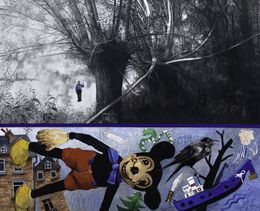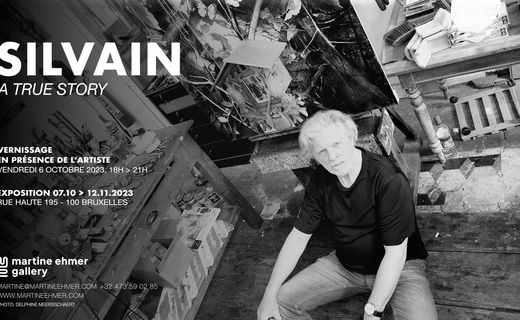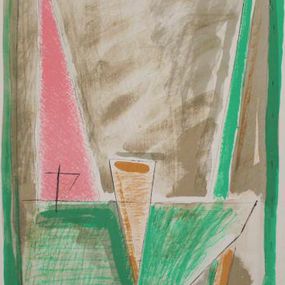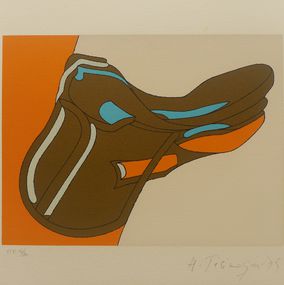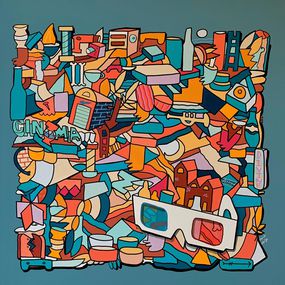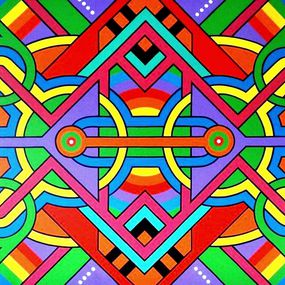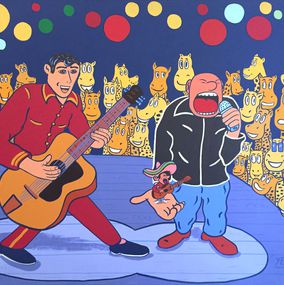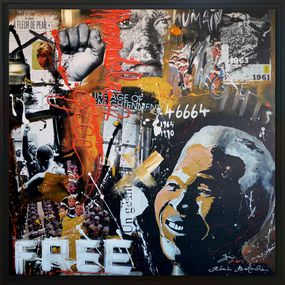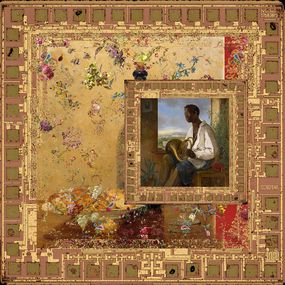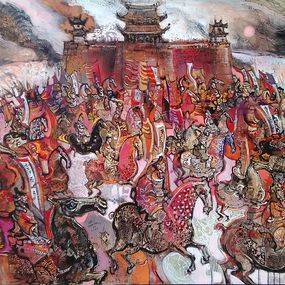
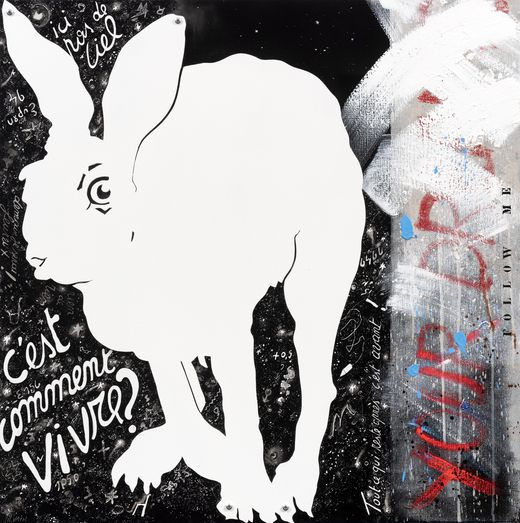
Belgian artist inspired by surrealism, childhood trauma, and pop art.
Biography
In 1964 and 1966 his aunts die and he moves to Brussels. Without money, a very difficult period begins, he struggles to survive. In 1967, he works in the theatre of Brussels as a handy man. He meets Maurice Béjart with whom he becomes friends, and Jacques Brel.
A self-taught painter, this is when he discovers the work of Paul Delvaux and decides he wants to be an artist. He begins to paint his first surrealist paintings, strongly influenced by the artist, which he considers a little as his spiritual father and with whom he has a long lasting friendship.
His first solo exhibition is at Bernard Van Berg in Brussels. From 1970 to 1974, he travels in France and then in Germany, he exhibits regularly in Belgium and abroad. He produces engravinsg and sculptures for a short period of time. In 1975, he meets Guy Pieters who will become his art dealer.
In the early 1980s he has his so-called period of "facades", at first very photo-realistic, but soon covered with graffiti and tags. The works of this period announce "Street Art", so fashionable today, before its time. In the late 1980s, the facades disappear little by little to leave the place to a poetic art inspired by drawings of autistic children that he visited often in specialized centres. They remind him of his own difficulties and lonely childhood, which he has not yet finished to process.
Numerous museums acquire his works. The Ludwig Museum in Germany devoted an exhibition to his series of works titled "Prisoners". Since 2002, Silvain produces works in black acrylic, with a scarlet red acrylic figure in the center, which represent sometimes a huge rabbit, an elephant, the head of a mother figure, or Mickey Mouse; the background of the work is full of disparate objects, broken toys, planes, knives... Often he writes short, sometimes shocking, disillusioned poetry phrases or words such as 'fear'.
Silvain infuses a touch of Pop Art in his latest works, the objects are familiar, but mainly he uses popular symbols that mark the unconscious childhood with the aim to desecrate it. Yet Christian Silvain does not belong to a group, school, or movement; he is a solitary artist. At first glance, his works appear happy, but they reveal themselves quickly to be riddled with signs, violent words and allusions.
Nationality
Categories
Artistic movements
Themes
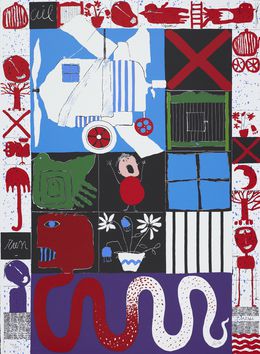




Christian Silvain
Painting - 80 x 70 x 8 cm Painting - 31.5 x 27.6 x 3.1 inch
$12,152
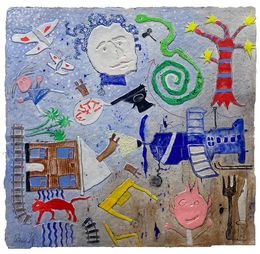
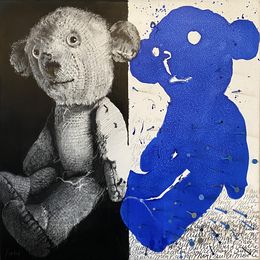
Christian Silvain
Painting - 50 x 50 x 4 cm Painting - 19.7 x 19.7 x 1.6 inch
$6,684


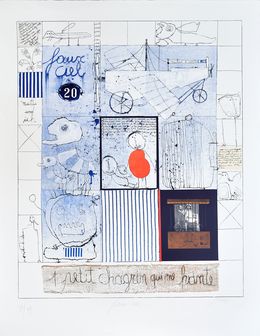


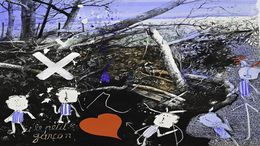
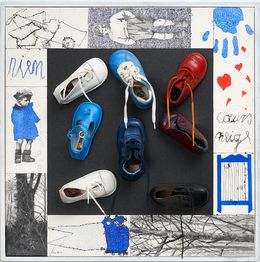
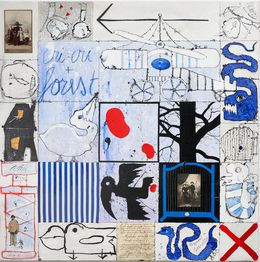
Christian Silvain
Painting - 100 x 100 x 4 cm Painting - 39.4 x 39.4 x 1.6 inch
$60,761
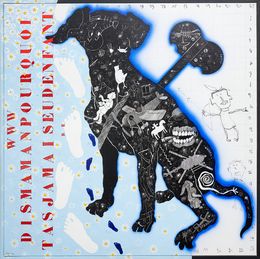
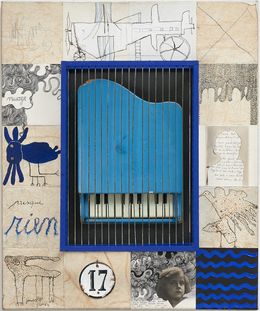

Christian Silvain
Painting - 100 x 100 x 4 cm Painting - 39.4 x 39.4 x 1.6 inch
$18,228

Christian Silvain
Painting - 150 x 120 x 3 cm Painting - 59.1 x 47.2 x 1.2 inch
$42,532
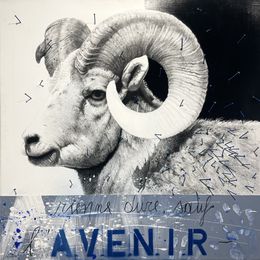
Christian Silvain
Painting - 80 x 80 x 2 cm Painting - 31.5 x 31.5 x 0.8 inch
$12,152

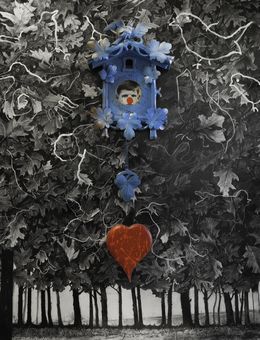
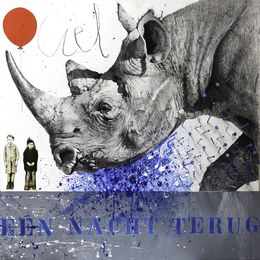
Christian Silvain
Painting - 80 x 80 x 2 cm Painting - 31.5 x 31.5 x 0.8 inch
$12,152
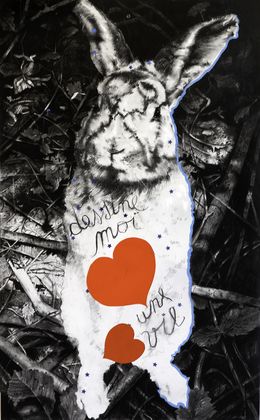
Christian Silvain
Painting - 100 x 60 x 1 cm Painting - 39.4 x 23.6 x 0.4 inch
$9,722
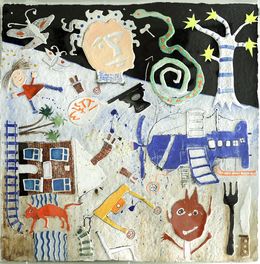
Christian Silvain
Painting - 100 x 100 x 8 cm Painting - 39.4 x 39.4 x 3.1 inch
$9,722

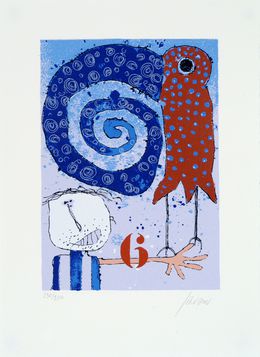
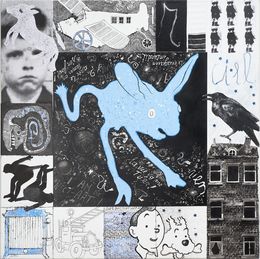
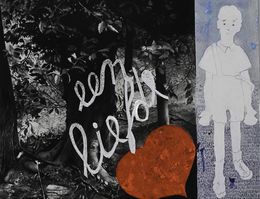

Christian Silvain
Painting - 60 x 60 x 2 cm Painting - 23.6 x 23.6 x 0.8 inch
$7,899

